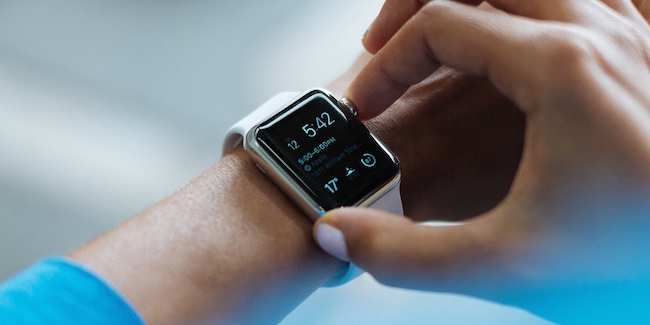Mobile payments today are widely accessed via our smartphones. Companies like Square allow us to turn our mobile devices into a payment terminal and accept payments on the go. In addition, the introduction of digital wallets have allowed us to turn our devices into an eBank where we can store personal information and make purchases.
The truth is, the application of mobile payments go well beyond our smartphones. While these methods are new and thus mostly unused, it’s still important to take note of them.
Why Mobile Payments?
With so many payment options available to us today, why do we even need mobile payments? If this is what you’re thinking, you aren’t alone.
According to a recent Accenture survey, only about 18% of Americans actually use mobile payments on a regular basis despite 52% of them admitting to being “extremely aware” of them.
The main reason for this “disappointing” statistic is that mobile payments are relatively new. With the help of new measures like the EMV Liability Shift in 2015, we will surely see a rise in mobile payment usage. If you’re a store owner and are interested in mobile payments here are a few reasons why it’s worth investigating:
- Easy Integration: Unless you’re still using your cash register from the 1950s, integration with your current POS system should be a breeze.
- Liability: Like EMV chip readers, NFC (Near-Field Communication) systems are extremely secure. This will mitigate any risk associated with security breaches and fraud.
- Go Paperless: If you haven’t already noticed, payments are moving towards a completely digital environment. These mobile systems allow you to digitally mange the following:
- Sales reports
- Inventory
- Payroll
- Customer Information
- And much more!
For customers, it’s much easier to take advantage of this technology. Companies like Apple, offer a mobile wallet where you can link multiple cards and or bank accounts and make purchases from your mobile device.
Wearables
While we often associate the term “mobile” with our smartphones, a broader application of the word is associated with the idea of our society always being “on-the-go”. Aside from our smartphone’s mobile payments have been expanding into wearable technology.
At the moment, the vast majority of mobile payments rely on an NFC system being integrated with a store’s point of sale system. Here are a few examples of wearable mobile payment technology:
- Watches or wearable wrist accessories (ex: FitBit): Instead of having to pull out your smartphone, you can simply wave your wrist at the NFC terminal to complete payments.
- Jewelry: The chip’s that store payment information are so small they can even be implanted into jewelry. This makes the watch seem excessive in comparison.
- Tattoos: According to Android Central, Digital NFC tattoos can be placed on the skin that can communicate with NFC systems.
While the majority of these systems seem a little unnecessary, which they are, it’s quite interesting to see all the various applications of this technology.
Biometrics

Thanks to Apple Pay, we can already use biometric technology in our payment experience. To confirm your transaction with Apple Pay, all the user needs to do is place their fingerprint on the home button of their iPhone. This is great and all, but what if we didn’t need to use the phone at all?
A company named Biyo Wallet, was attempting to remove the “device” from the transaction experience. Biyo provides a service where customer’s can scan the palms of their hands into the Biyo system. Once scanned, they can securely store information in the system. There’s no need for a wallet, cash, or receipts.
All information can be easily accessed using the Biyo app online or on your phone. To make a purchase at a Biyo compatible store, all the customer needs to do is scan their palm print on the Biyo device.
So what’s holding us back from scanning hands and not swiping cards? There’s no single answer, but all signs are pointing to accessibility. The majority of society are like sheep, they follow the person in front of them with their heads down. Unless the majority of store’s are offering this technology, it’s actually less convenient (not to mention expensive) to implement this technology.
The mobile payment world is expanding by the day. While many of these applications may not seem useful at the moment, it’s never a bad idea to stay up to date. For all we know, cash and credit cards may not even exist in 20-30 years, let alone banks.
















